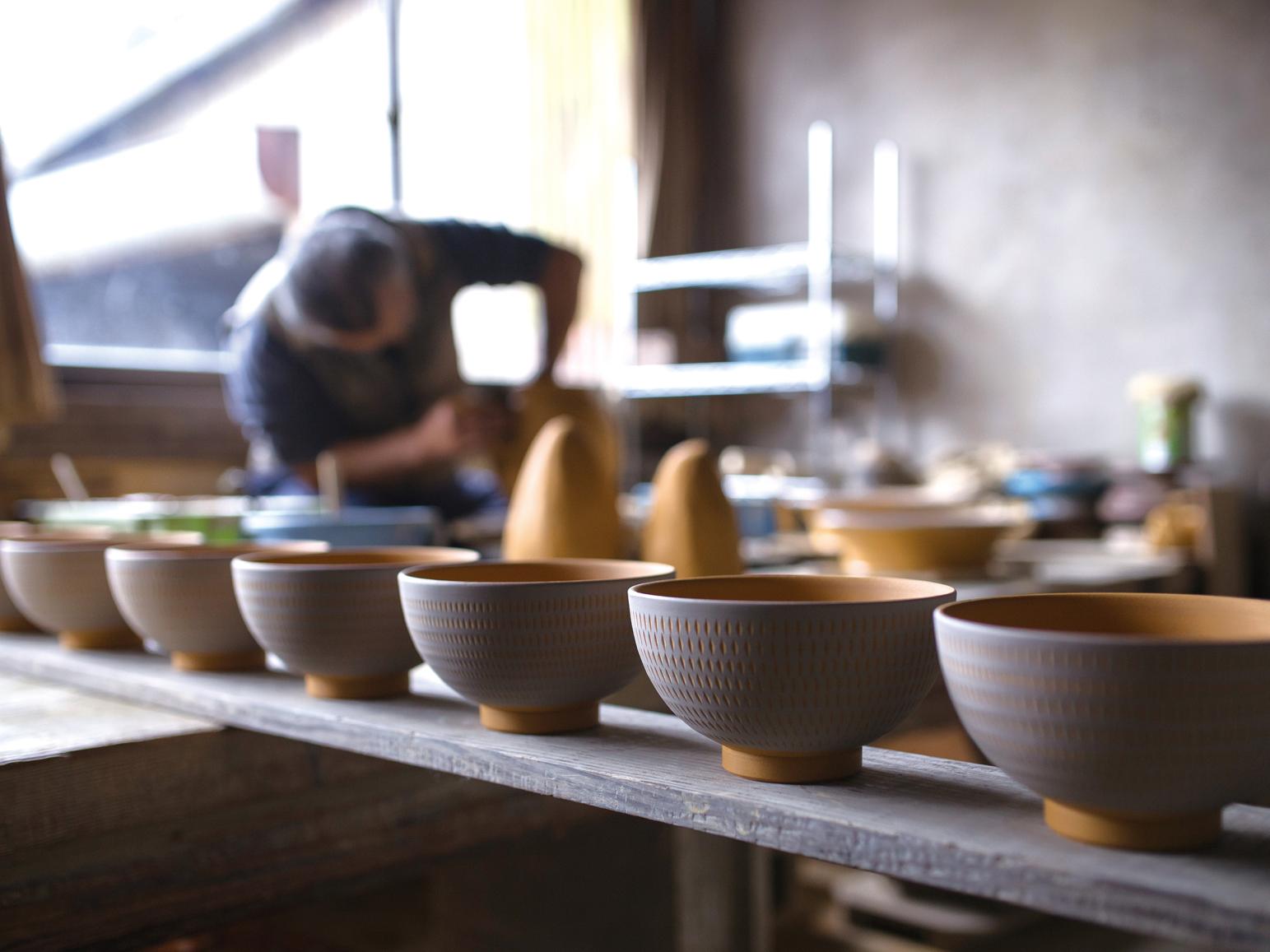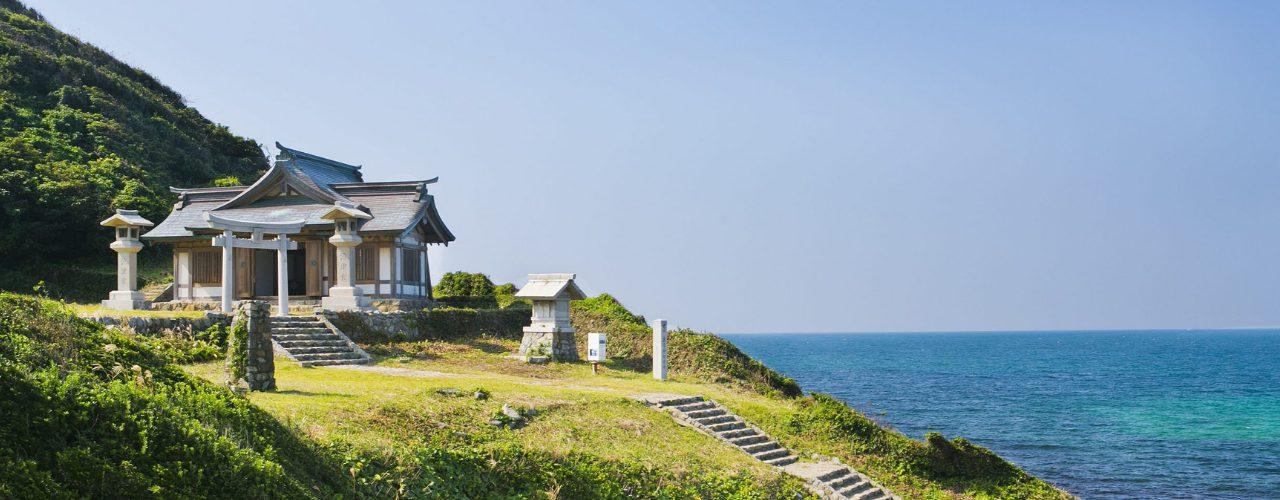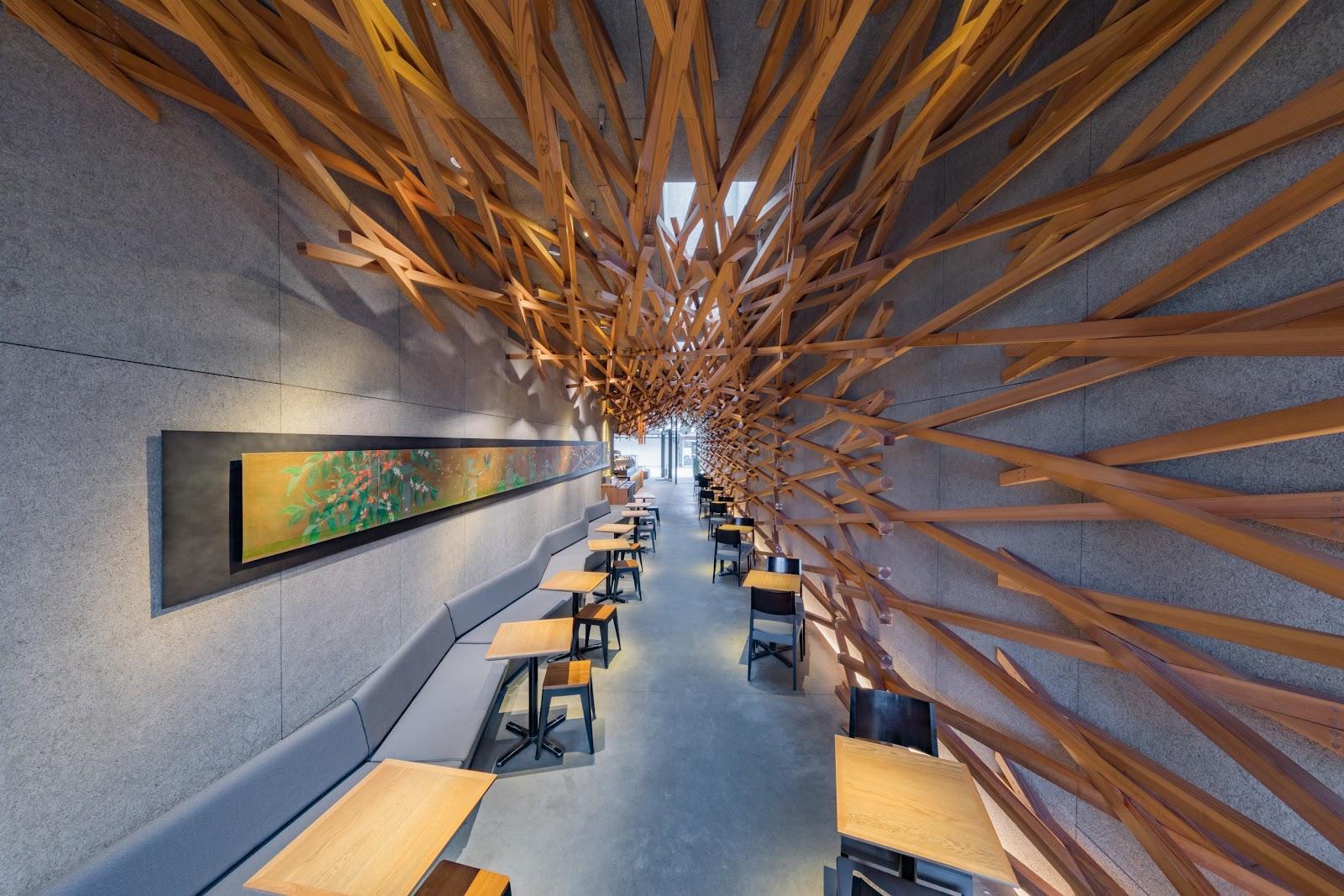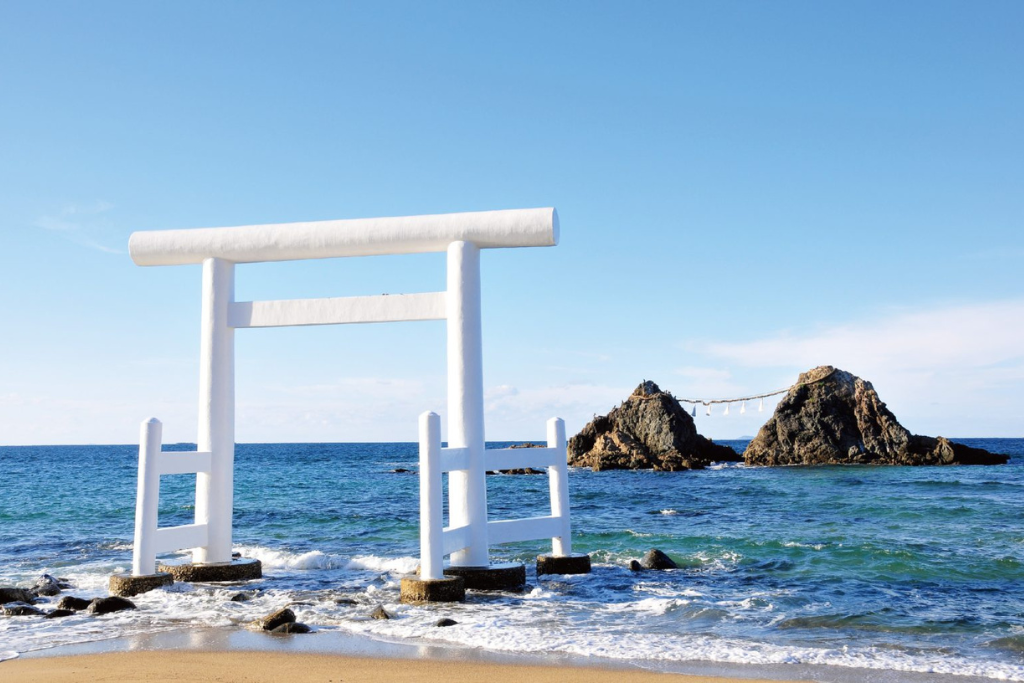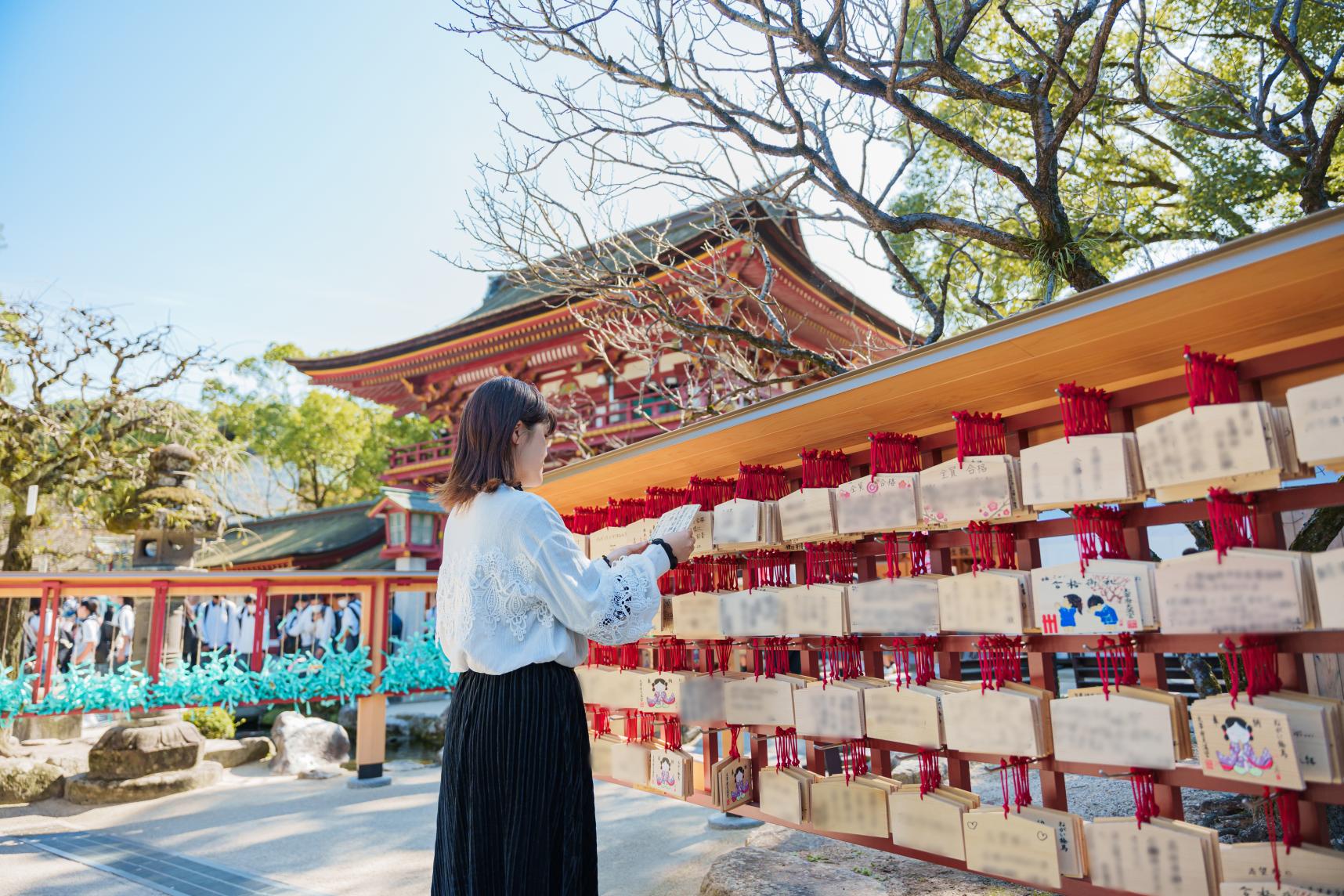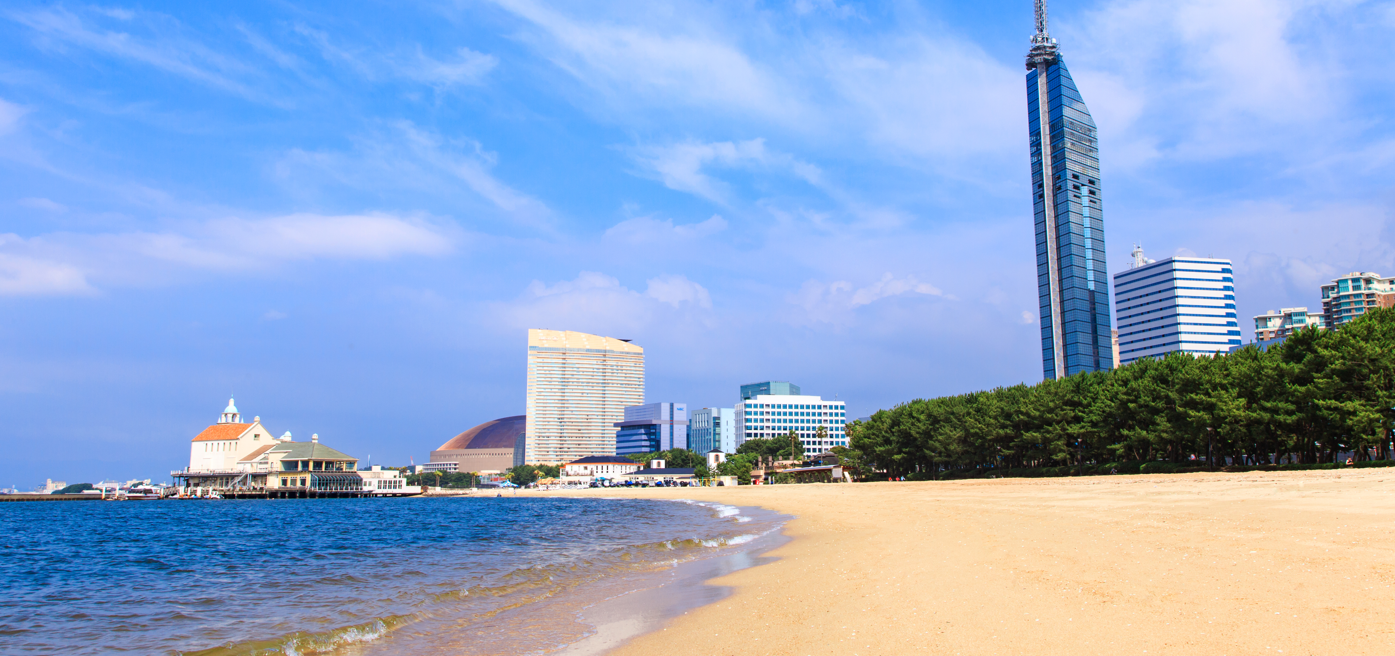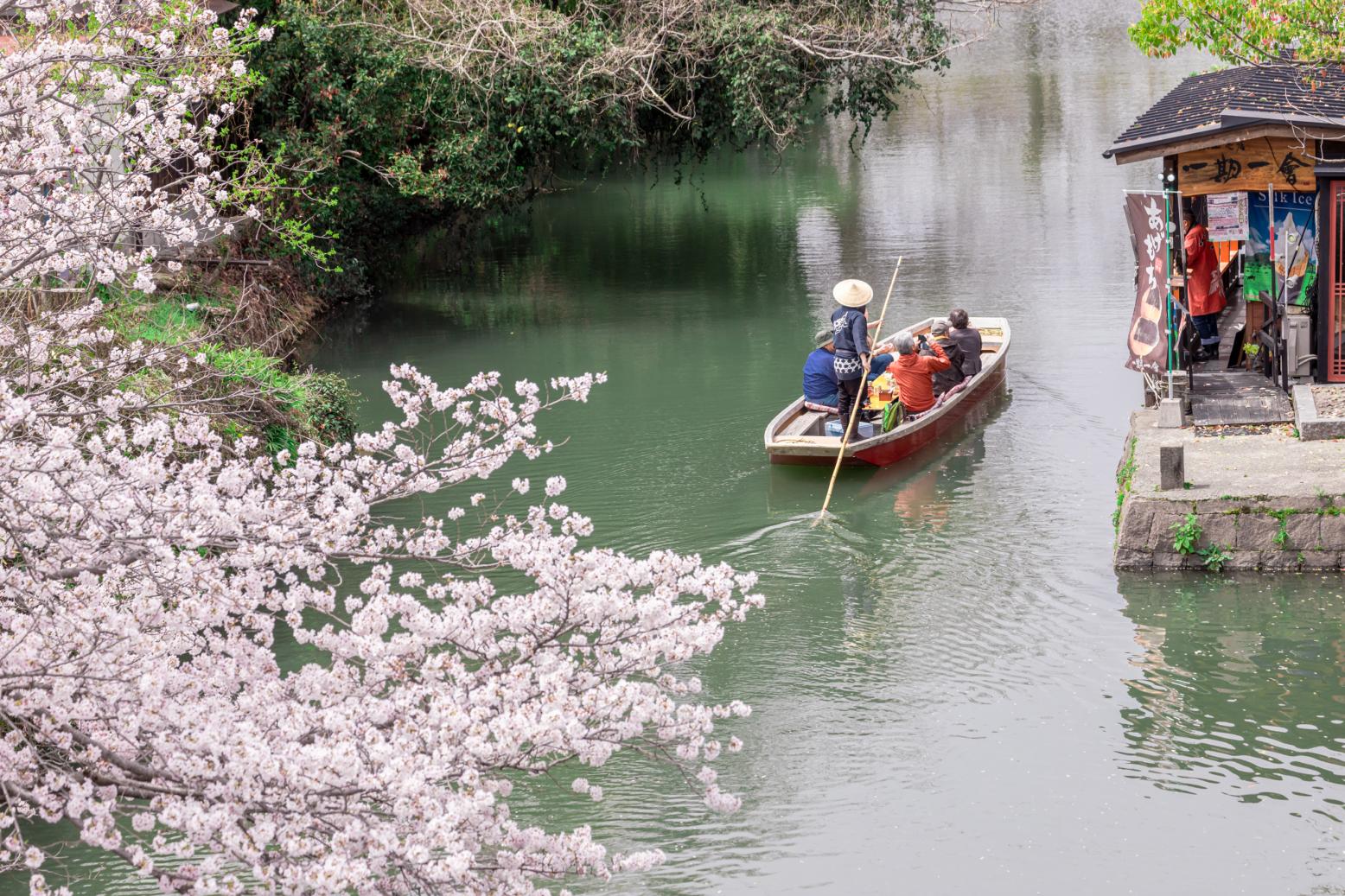
Blossoms that Charm Viewers Across Time and Borders
Cherry blossoms announce the arrival of spring. When and why did these blossoms capture the hearts of the Japanese people? Let’s take a close look into the history and appeal of cherry blossom viewing, a custom of inspired by these alluring blossoms.
The Custom of Cherry Blossom Viewing Originated as a Shinto Ritual
Overhead, pink blossoms grow thick enough to form a tunnel-like canopy. Just walking beneath these trees – as shafts of sunlight peek through – is enough to brighten your mood. Cherry blossoms, one of Japan’s national flowers, have enchanted people with their beauty for thousands of years.
In ancient times, cherry blossom viewing was a ritual venerated in Shinto, a religion native to Japan. Back then, it was common for farmers to believe that numerous kami (animistic powers or spirits honored in the Shinto religion) inhabited, among other places, the paddies where they grew rice. These kami of the rice paddies would go up into the mountains during the cold winter season, and would return to the villages where the farmers lived when the weather warmed in spring. Every year when the cherry blossoms bloomed, the farmers would rejoice at the return of the kami of the rice paddies, and they would gather around cherry blossom trees to welcome and entertain these kami – as a way of praying for a good harvest and sound health in the coming year.
According to some, this is the origin of the custom of cherry blossom viewing. It was during the Nara period (710-794) that this transformed from ‘an event to entertain the kami of the rice paddies’ into ‘a custom of enjoying the beautifully blooming flowers.’ At the time, this custom was more commonly associated with viewing plum blossoms, which had been introduced from China, than with viewing the sacred cherry blossom trees, and aristocrats in power during that period left behind many poems praising their beauty.
In 894, during the early years of the Heian period (794-1185), Japan abolished its practice of sending diplomatic envoys to the Tang Dynasty in China. This led to a greater domestic influence of Japan’s existing national culture, valued by the people as their own, which in turn led to a greater affinity for Japan’s ancient cherry blossoms over the foreign plum blossoms. Both the famous novel The Tale of Genji, written in the mid-Heian period, and the early anthology of Japanese poetry known as Kokin Wakashu, compiled in the early Heian period, depict scenes of imperial court members holding banquets under cherry blossom trees.
Up until the Heian period, cherry blossom viewing had largely only been enjoyed among the aristocracy, but in the Kamakura period (1185-1333), the custom began to spread throughout all social classes. During this period, samurai and townspeople also began to enjoy cherry blossoms, and in Kyoto, people began planting cherry blossom trees on the mountains, and within the grounds of temples and shrines. Toyotomi Hideyoshi, the feudal lord who unified the country and brought an end to Japan’s warring states period, is known to have been a cherry blossom lover who held notable cherry blossom viewing events at Daigoji Temple and the Yoshino area. According to records, he had 700 cherry blossom trees planted at Daigoji Temple in Kyoto and held an event attended by more than 1,000 guests. In addition, he had 1,000 trees planted in Yoshino, located in Nara Prefecture, where he held a grand five-day banquet to which he invited 5,000 of the most distinguished military commanders at the time, including Tokugawa Ieyasu and Maeda Toshiie.
Cherry Blossoms – the Spiritual Foundation of the Japanese People
However, it was not until the Edo period (1600-1868) that cherry blossom viewing became popular among the general public as a purely seasonal pastime, as it is today. Tokugawa Yoshimune, the eighth shogun, established cherry blossom viewing spots throughout Edo (now known as Tokyo) for the enjoyment of the common people. At cherry blossom viewing parties held in these spots, people were permitted to enjoy themselves as equals regardless of social status, and the common people eagerly looked forward to these occasions, which further deepened their affinity for cherry blossoms.
In addition, breeding and improving cherry blossom trees became popular among gardening and landscaping professionals, resulting in the development of 250-300 varieties of trees. Along the way, cherry blossom trees developed into the spiritual foundation of the Japanese people. Unfortunately, however, upon entering the Meiji period (1868-1912), the fires of war began to spread throughout Japan.
This prolonged period of war took its toll on the country as gardens at samurai residences or those owned by aristocrats were demolished one after the other, and even the cherry blossom trees planted in these locations ended up being used as fuel. This situation greatly concerned a man named Takagi Magoemon, a professional gardener who specialized in trees. He collected the cherry blossom trees that he could find and preserved them in his home garden, where he eventually tended to more than 80 varieties. In 1886, when the banks of the Arakawa River in Tokyo were under repair, it was decided that rows of cherry blossom trees would be planted to reinforce the embankments. Upon learning this, Takagi Magoemon transplanted 3,000 of the cherry blossom trees he had collected, representing 78 different varieties. In modern times, these cherry blossom trees – preserved through the efforts of a single gardener – have spread throughout Japan and across the globe.
Cherry Blossoms Herald the Coming of a New Season
The period of March and April, when these pink flowers are in full bloom throughout the city, marks the end of one year and the beginning of the next at most schools and companies in Japan. Cherry blossom viewing parties, which also serve as farewell and welcome parties for such groups, are annual events at spots throughout the country famous of their cherry blossoms.
Preparations for these events begin by staking claim to a spot of ground near the trees. The main attraction is, of course, the cherry blossoms, so people look for spots that offer the best view – but that’s not all! They also make sure that the ground is comfortable and that there is an easy route to the restrooms. Once a spot has been chosen, it is time to go shopping for the party, where they will have fun drinking with friends and enjoying the warm, pleasant weather.
Recently, people have been enjoying cherry blossoms in increasingly diverse ways, including taking eye-catching photographs backed by cherry blossom trees, taking leisurely drives along tree-lined avenues, or admiring cherry blossom scenes at night – without ever even having a drinking party. Although the manner in which we enjoy cherry blossoms may change, when this time of year rolls around, Japanese people always look up at the cherry blossom trees with affection and a strong motivation to ‘keep up the good work throughout the coming year.’ With inspiration from these beautiful pink petals and the bright blue sky, we take another step toward the future.
The Beauty of Transience
The blossoms can only be viewed for a short period of time in spring… It is said that the true beauty of cherry blossoms lies in the fact that they are only in bloom for a short time before scattering in an elegant shower of petals.
As the time approaches, once the buds start to swell, we begin to eagerly await full bloom, marking the progress of the buds each day over several weeks as they reach “one-third in bloom,” “half in bloom,” and eventually “three-quarters in bloom.” And once they finally reach full bloom, their beauty lasts only a passing moment. It is not uncommon to see the blossoms completely past their prime on the very next day due to a nighttime bought of wind or rain.
Even so, Japanese people have long associated the transient scattering of cherry blossoms with the splendor of life. Even the ancient poem Iroha, which significantly influenced the formation of the Japanese language, describes the impermanence of cherry blossoms in the passage “Iro wa nioedo, chirinuru wo,” which roughly translates as “even the blossoming flowers will eventually scatter.”
They bloom and then scatter. Even though they are fated to only bloom for such a short time, they will come into full bloom again with the arrival of spring next year. They remain as beautiful now as they have ever been. We hope that you will once again feel the arrival of spring as you gaze at this year’s cherry blossoms, with your hand out as if to gently catch upon your palm the petals that softly flutter down from the trees above.
※There are several theories on the origin of cherry blossom trees.
Cherry Blossom Viewing Spots in Fukuoka Prefecture
-
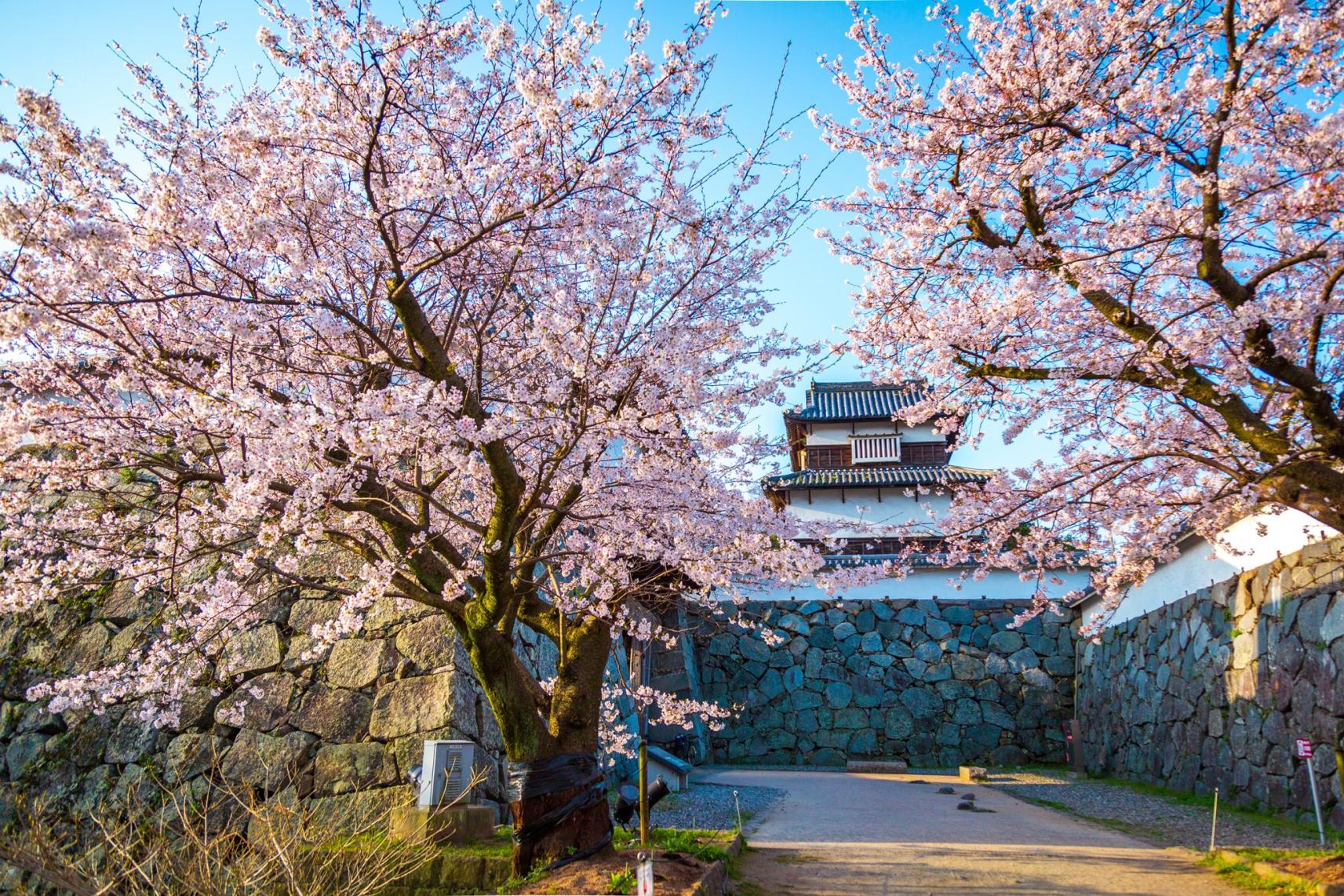
Maizuru Park
View moreMaizuru Park, located in the city center, is one of the most well-known spots for viewing cherry blossoms in Fukuoka City. Approx. 1,000 cherry blossom trees have been planted around the former site of Fukuoka Castle, which symbolizes the area. The attractive nighttime cherry blossom display – in which the cherry blossoms and the remnants of the castle walls are illuminated – is especially popular.
-
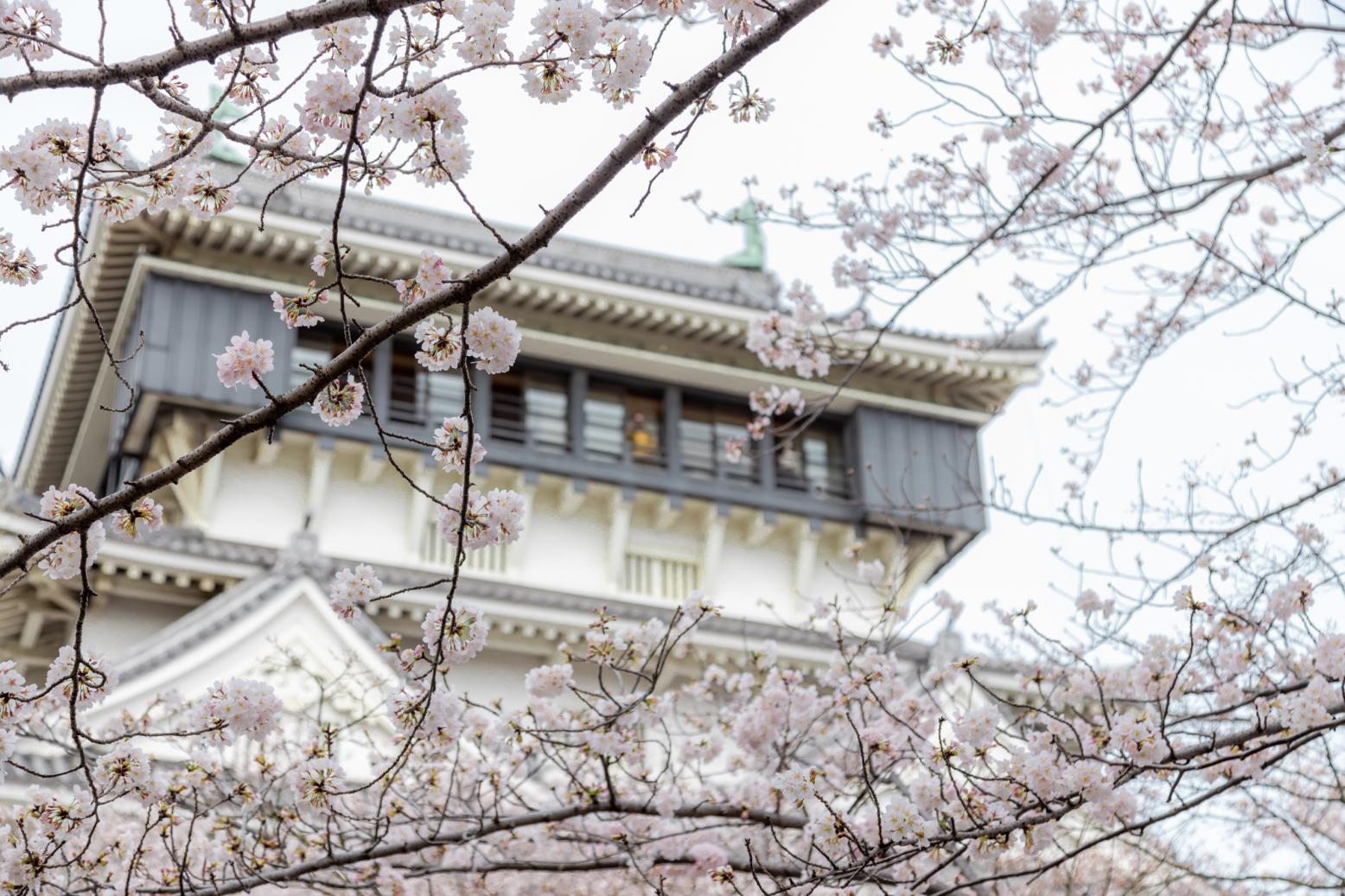
Kokura Castle
View moreThis famous castle was built by Lord Hosokawa Tadaoki, who ruled during the 1600s over the area now known as Kokura Ward in the City of Kitakyushu. Approx. 300 Somei Yoshino trees, a variety of cherry blossom tree associated with purity and elegance, bloom inside the castle walls, making it a popular date spot for couples – married or otherwise.
-
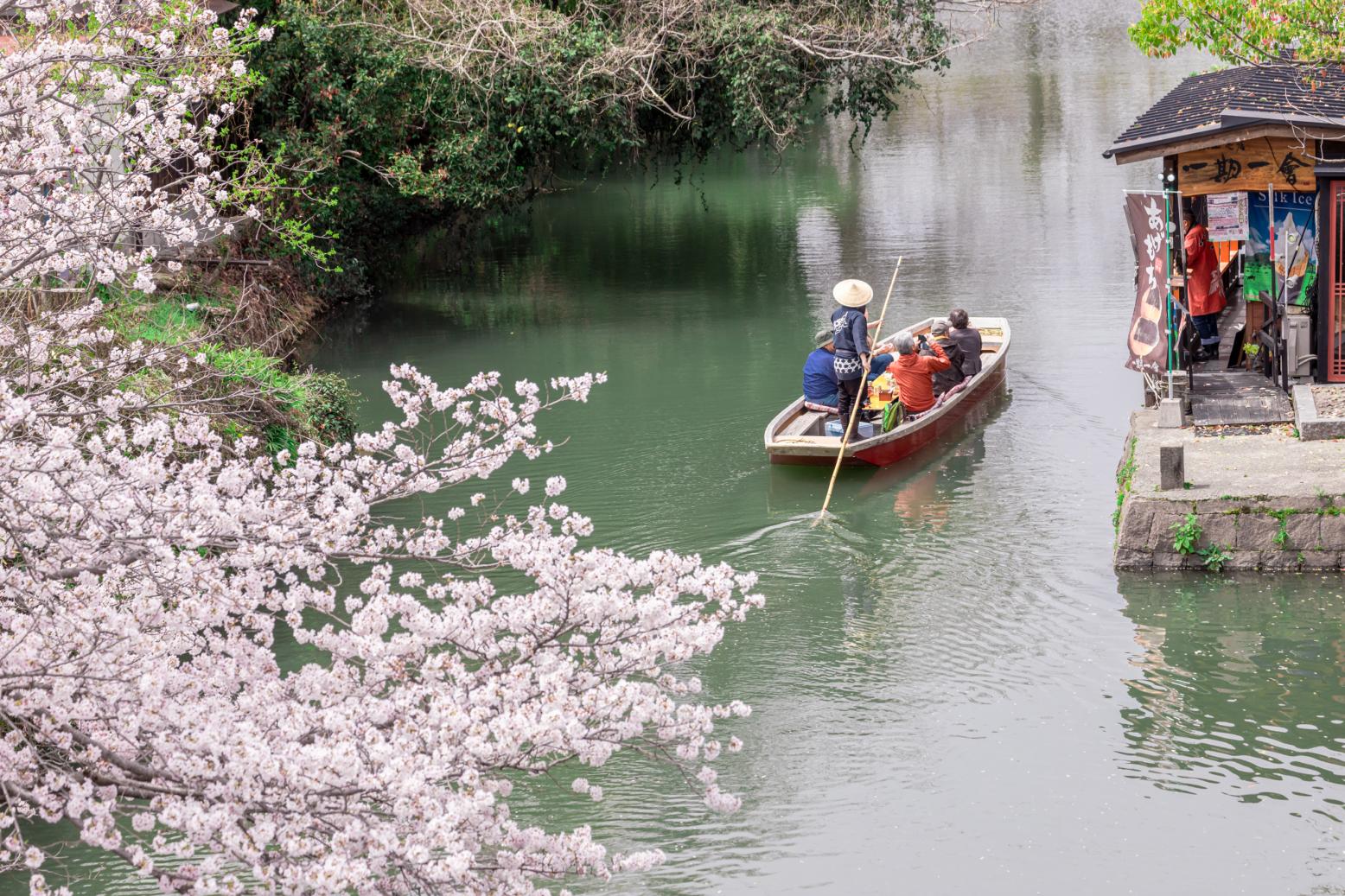
Yanagawa
View moreIn Yanagawa, you can enjoy viewing cherry blossoms in a tasteful and refined manner, drifting downstream on a flat-bed tour boat through canals that run throughout Yanagawa City. In addition to the cherry blossom trees blooming along the canals, you can also enjoy the Yanagawa townscape and the captivating cherry blossoms at Hiyoshi Shrine and other spots.
-
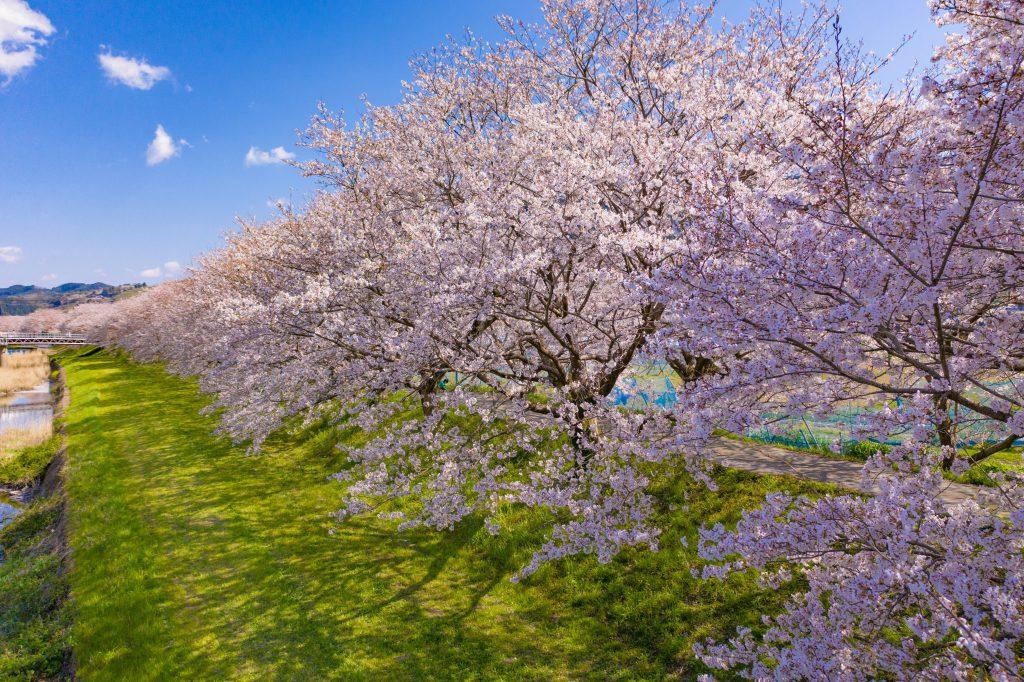
Nagarekawa
View moreCherry blossom trees line an approx. 2-km long stretch of land along the Kosegawa River, which flows through the Ukiha-machi neighborhood in Ukiha City, located in the Nagarekawa district. These trees form what looks like a fantastical ‘cherry blossom tunnel’ along the walkway. It is also pleasant to stroll along the riverside while enjoying the contrast between the cherry blossoms and the rape blossoms blooming along the river.
Google Maps may not display correctly if left open for more than 1 day
text:Natsuki Shinmoto(Chikara)
Photography:Kazuhiro Kaku
Project Direction:Chikara


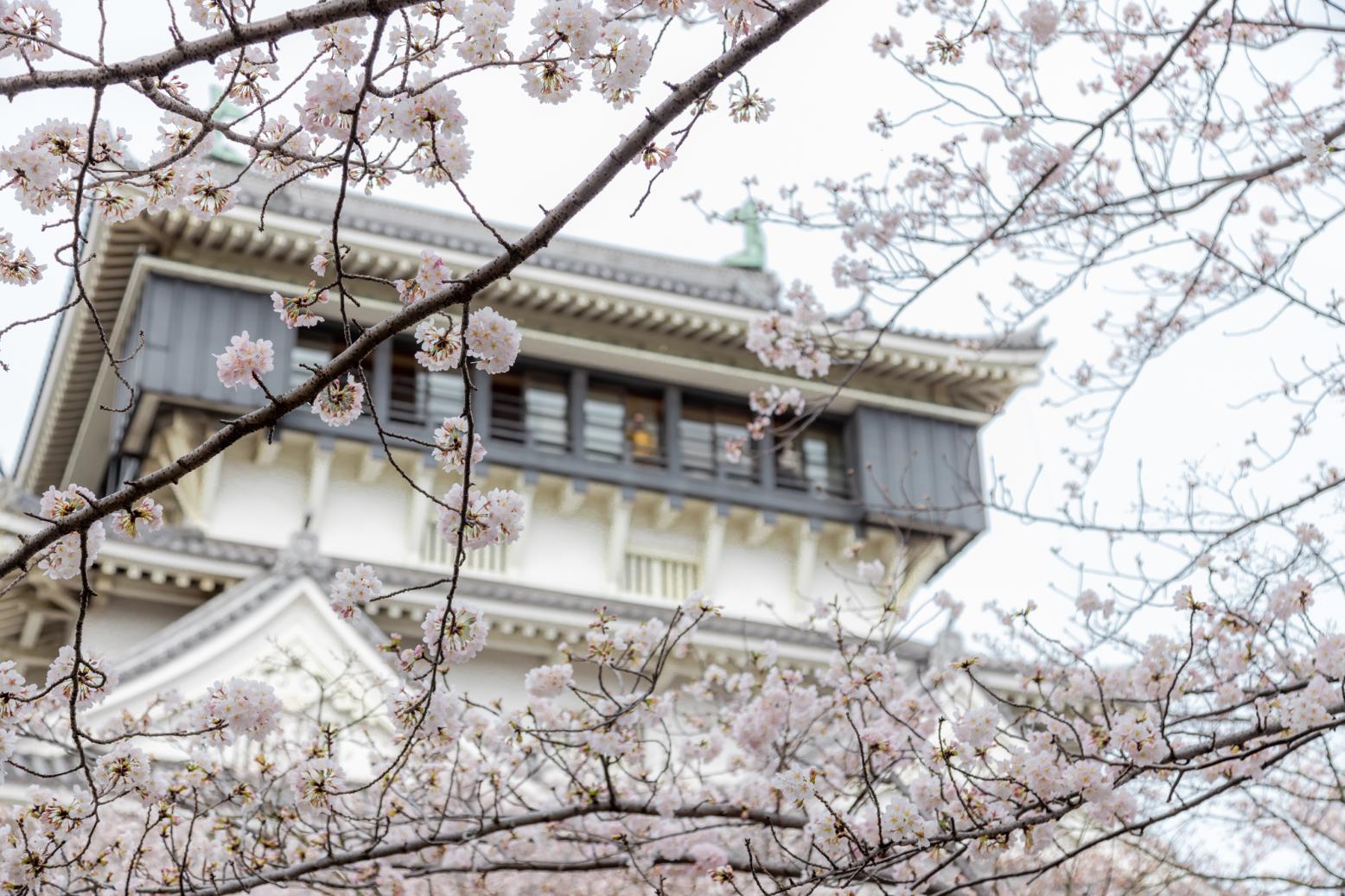
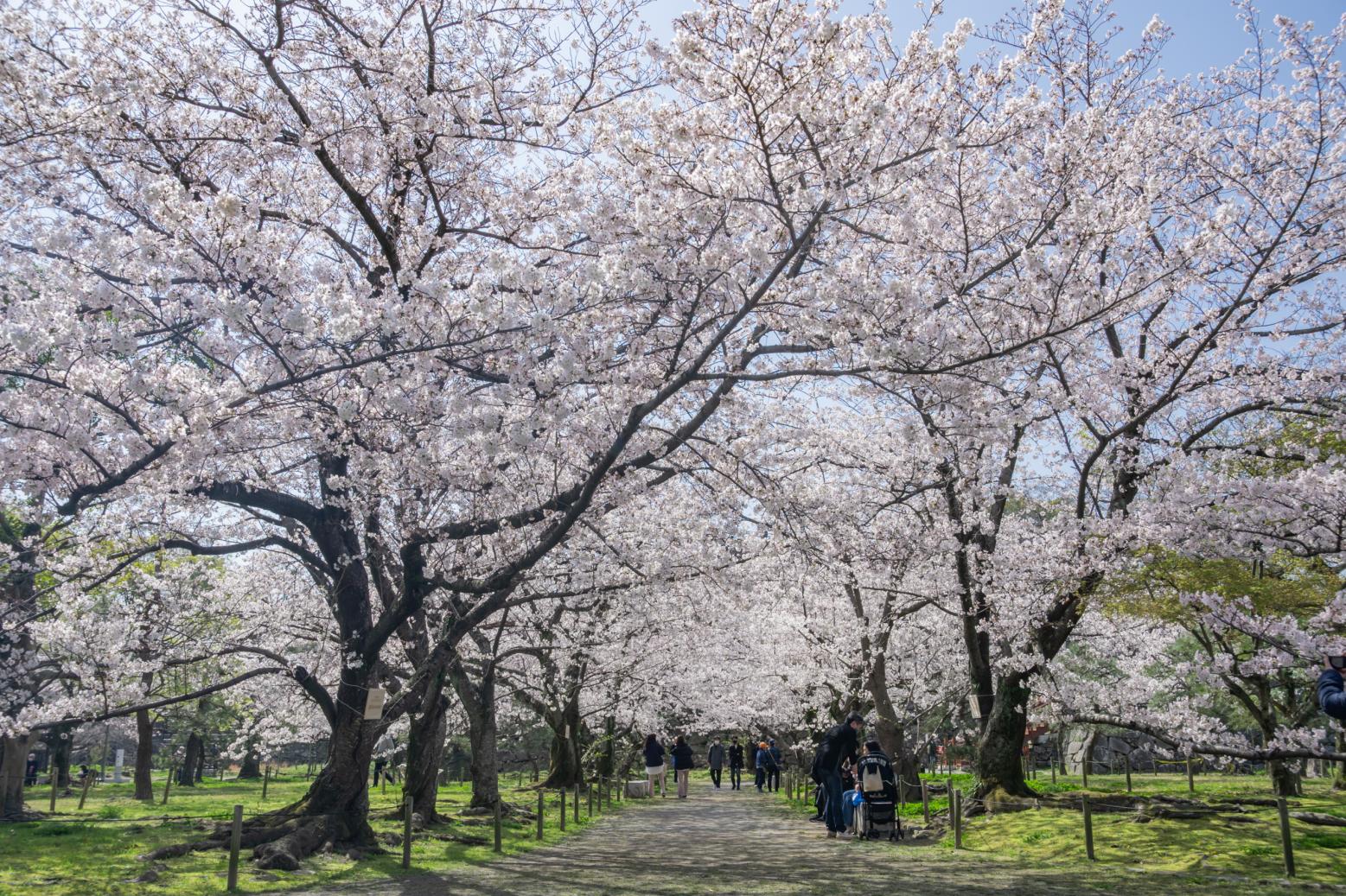
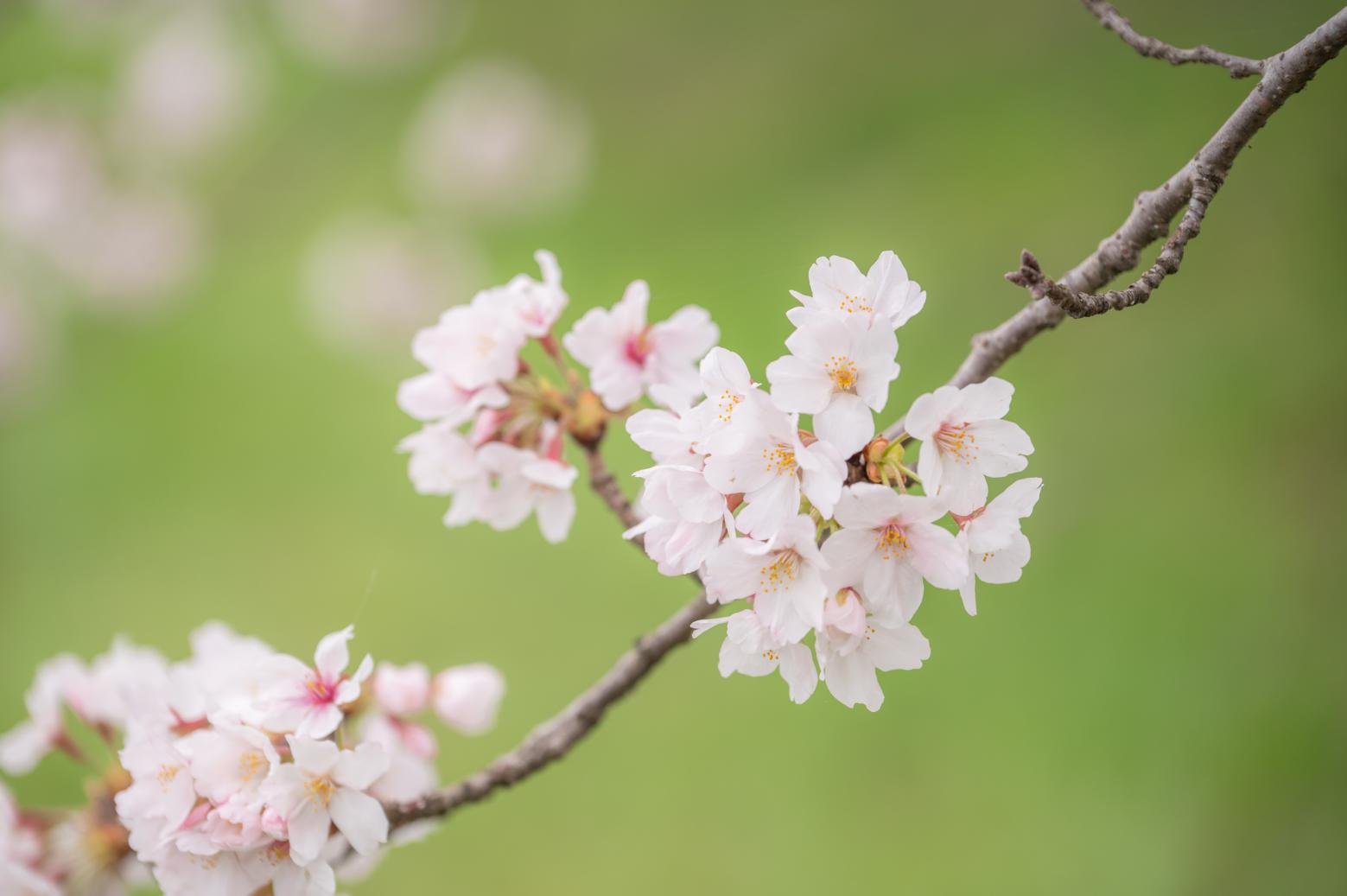
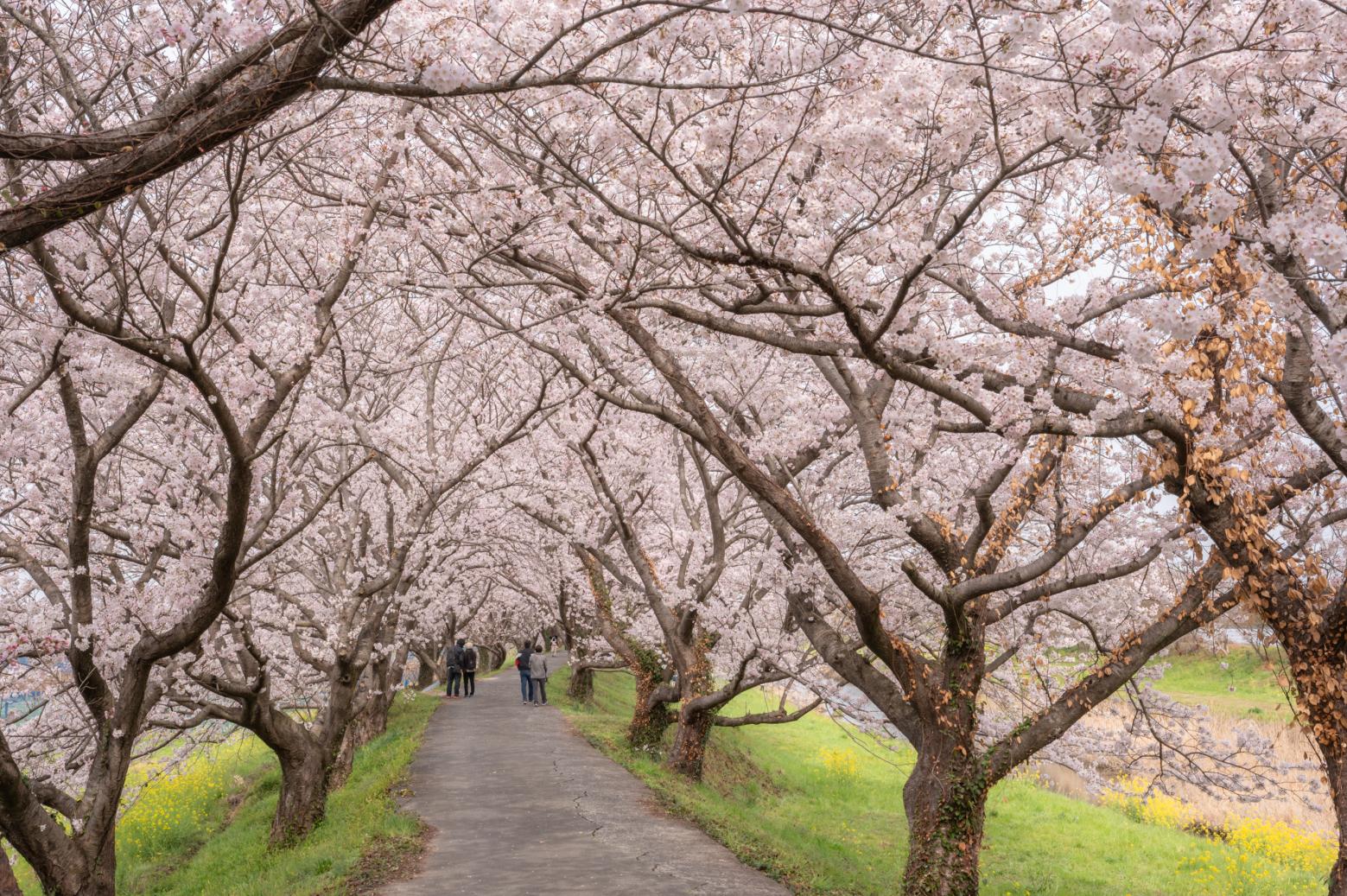
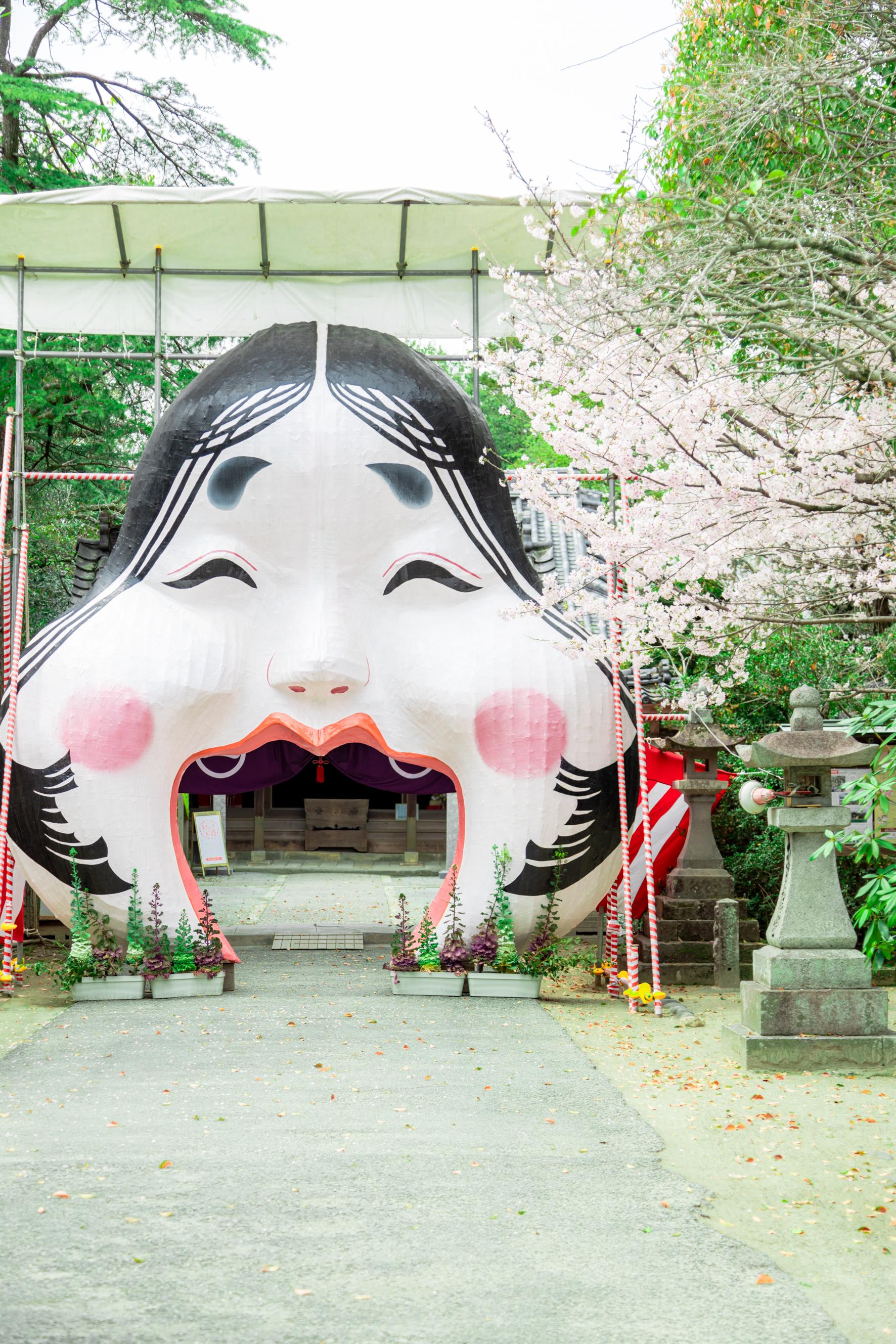
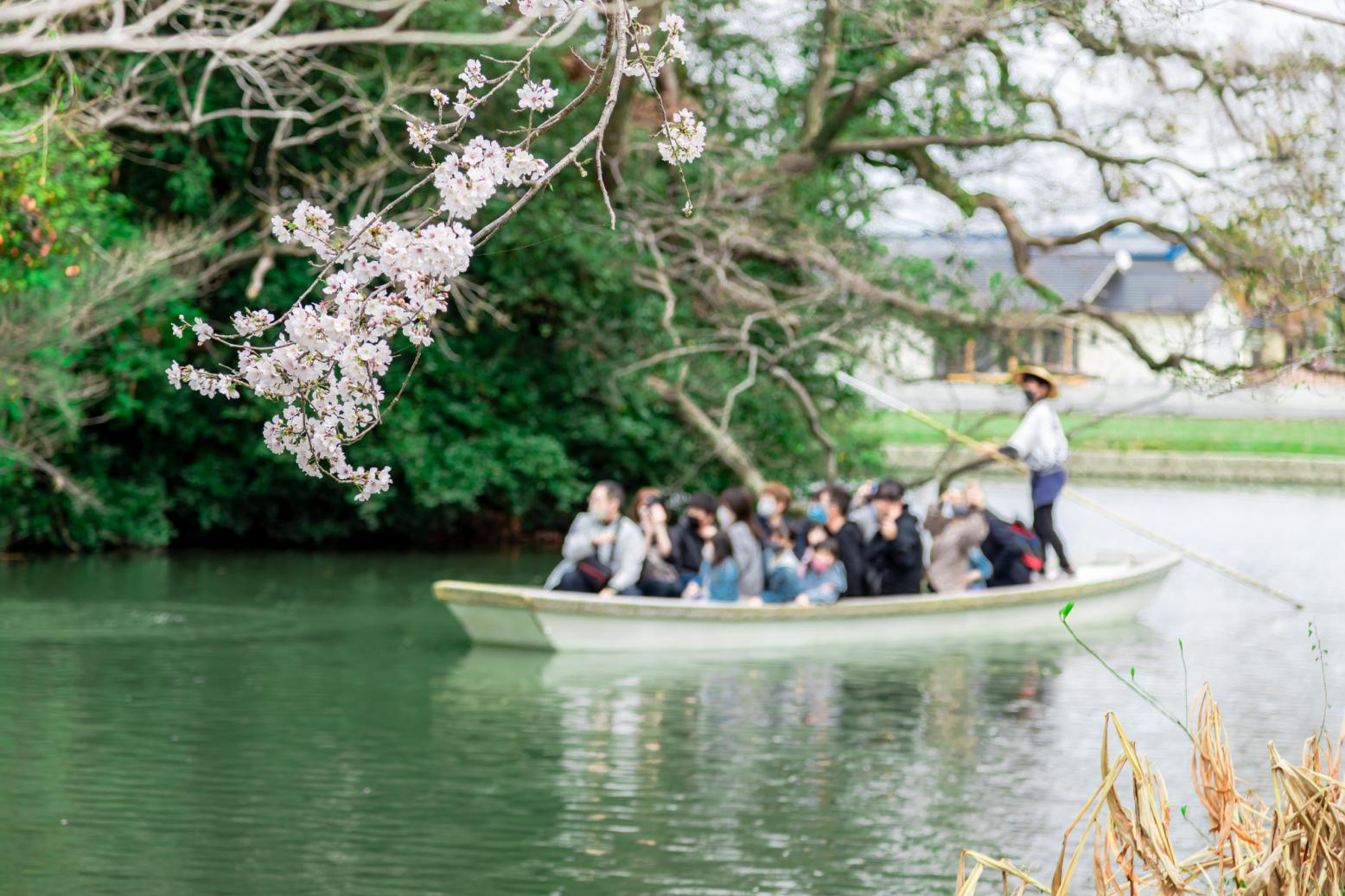
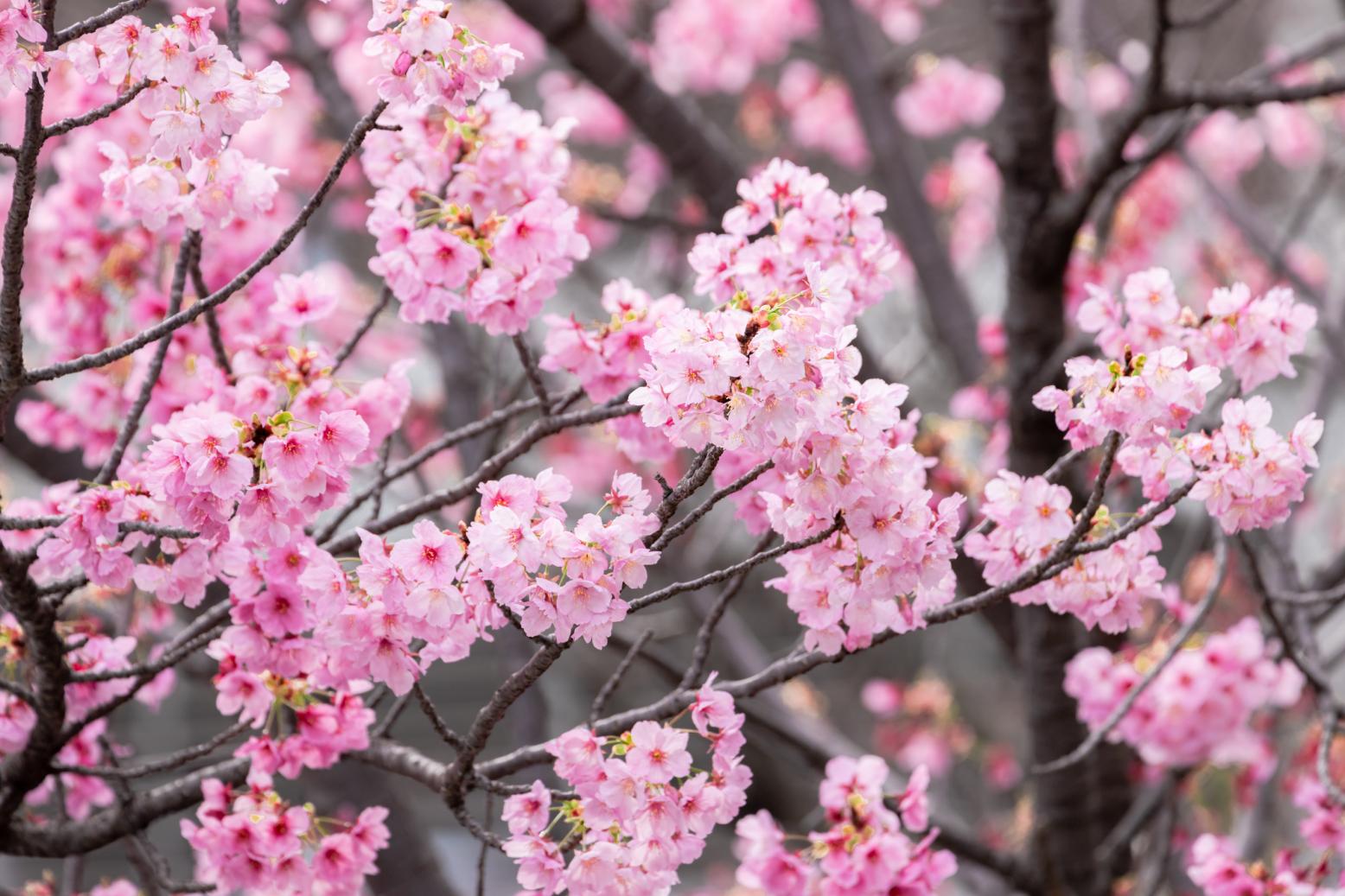
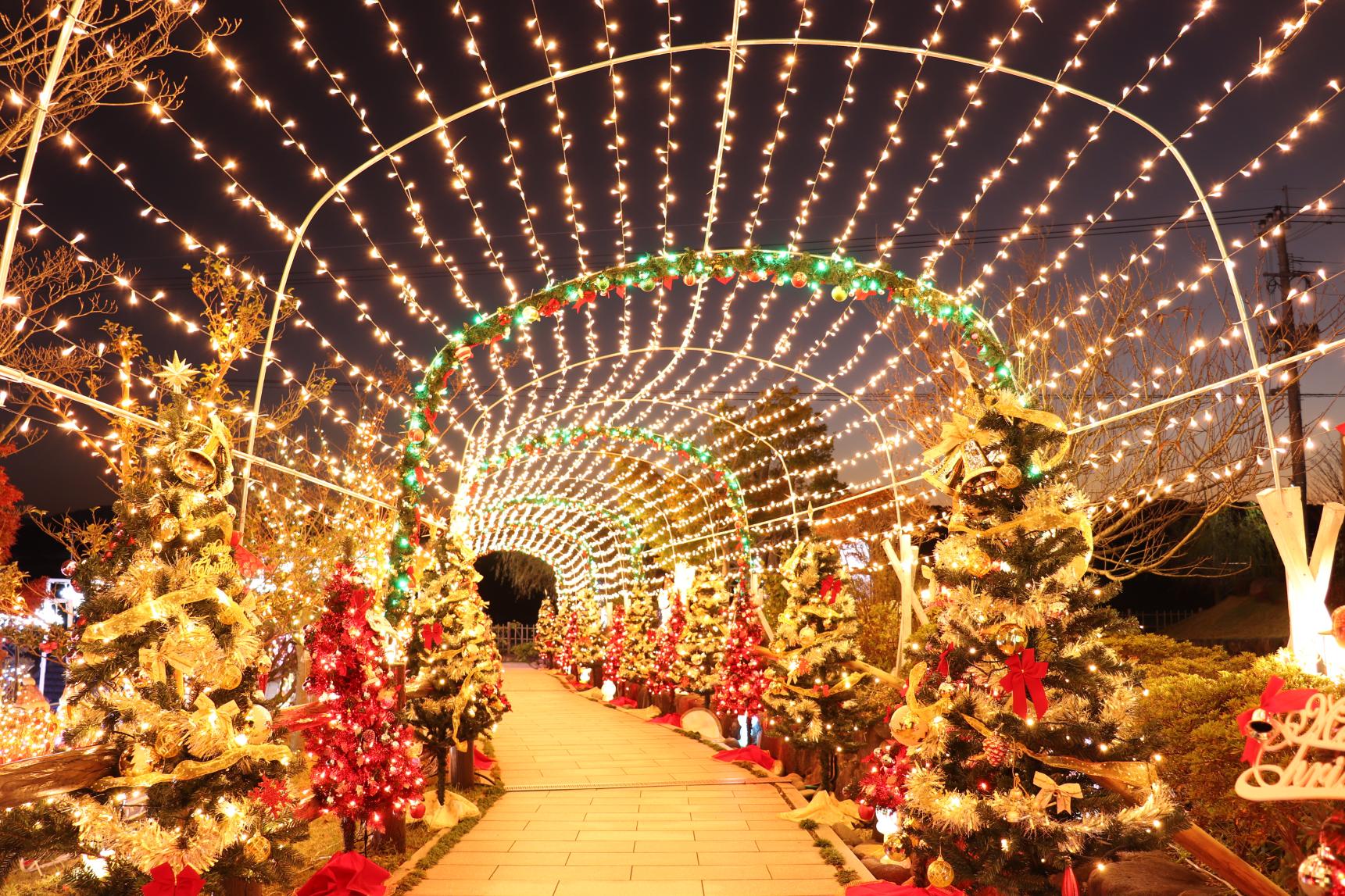
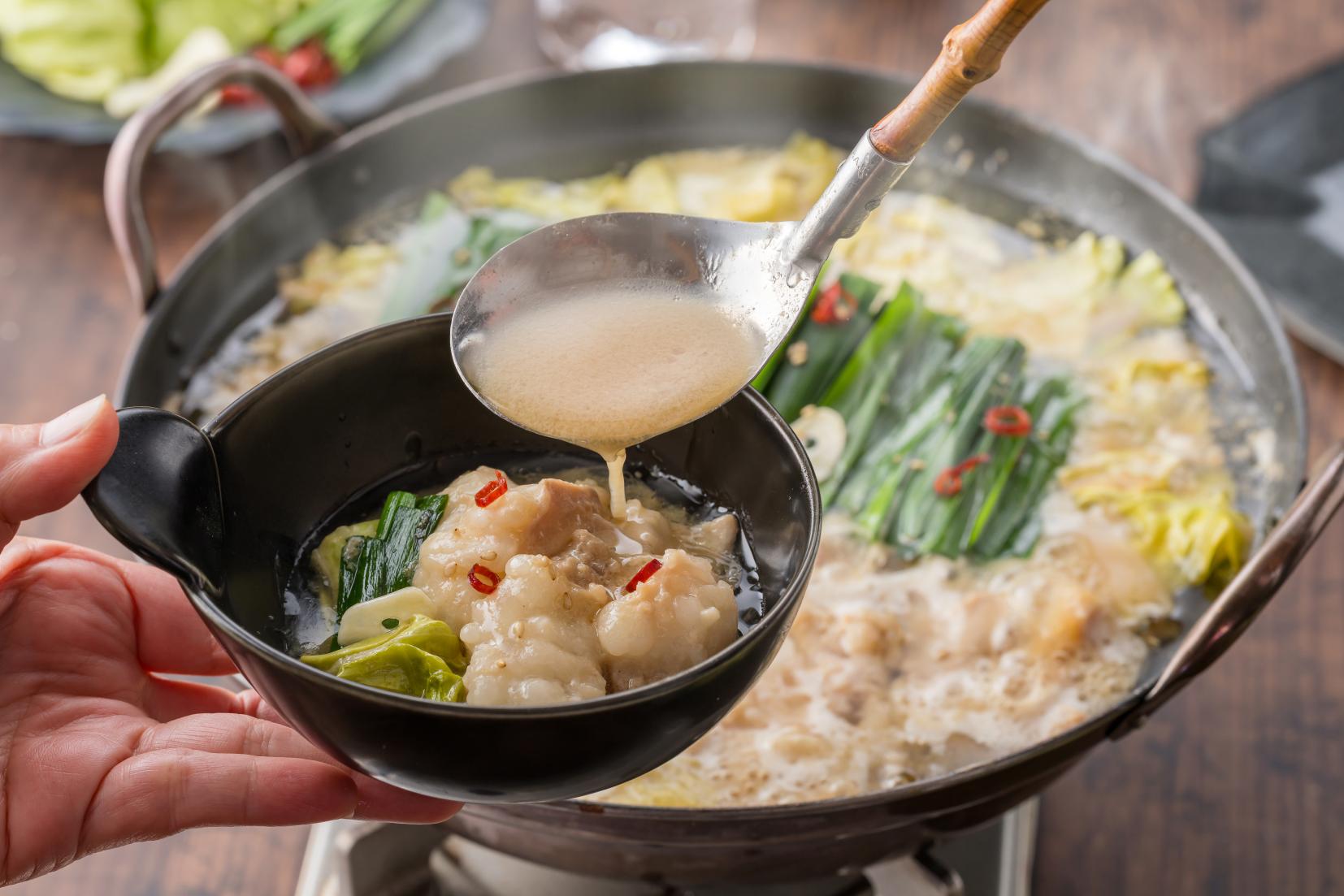

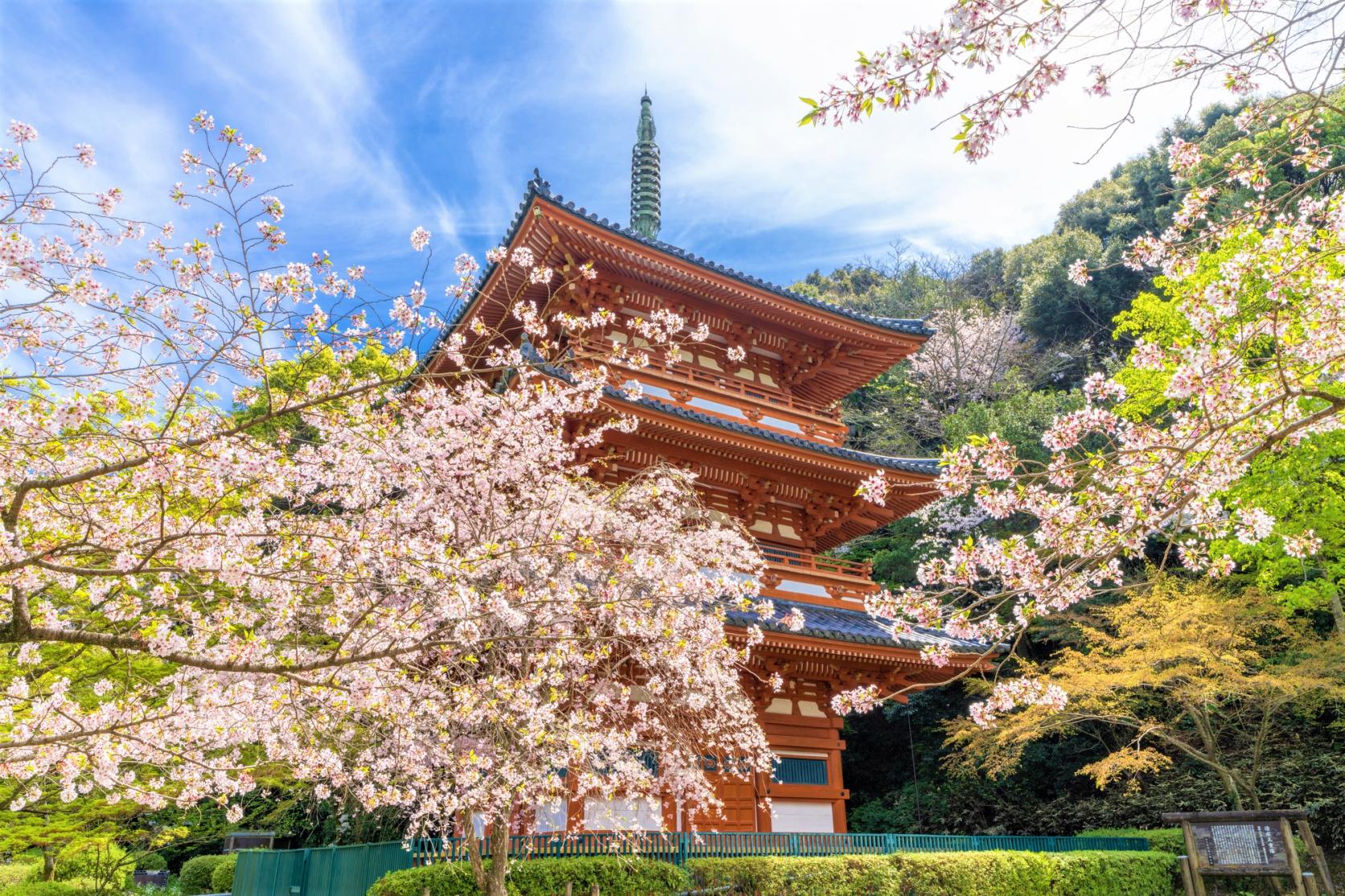
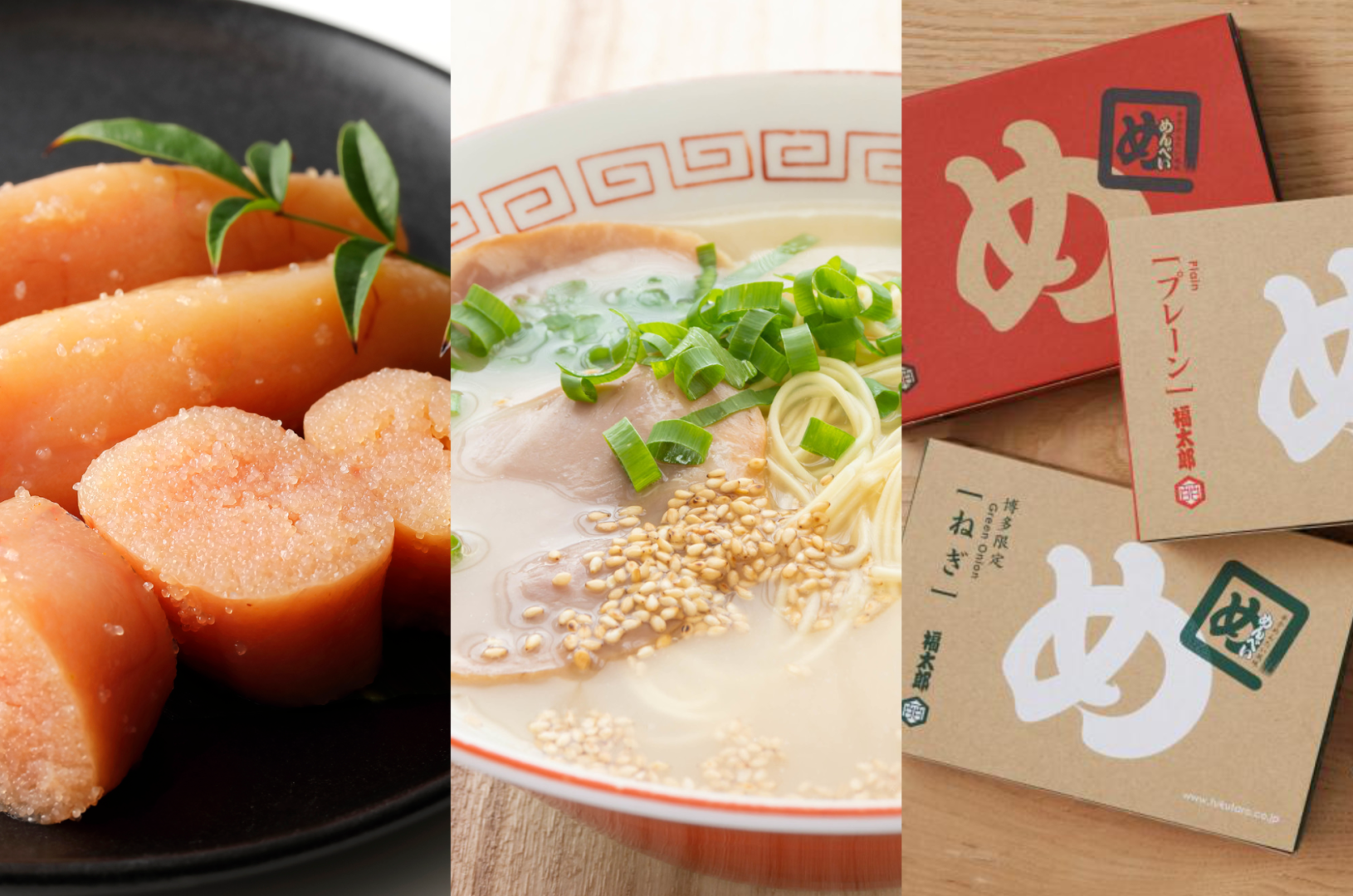
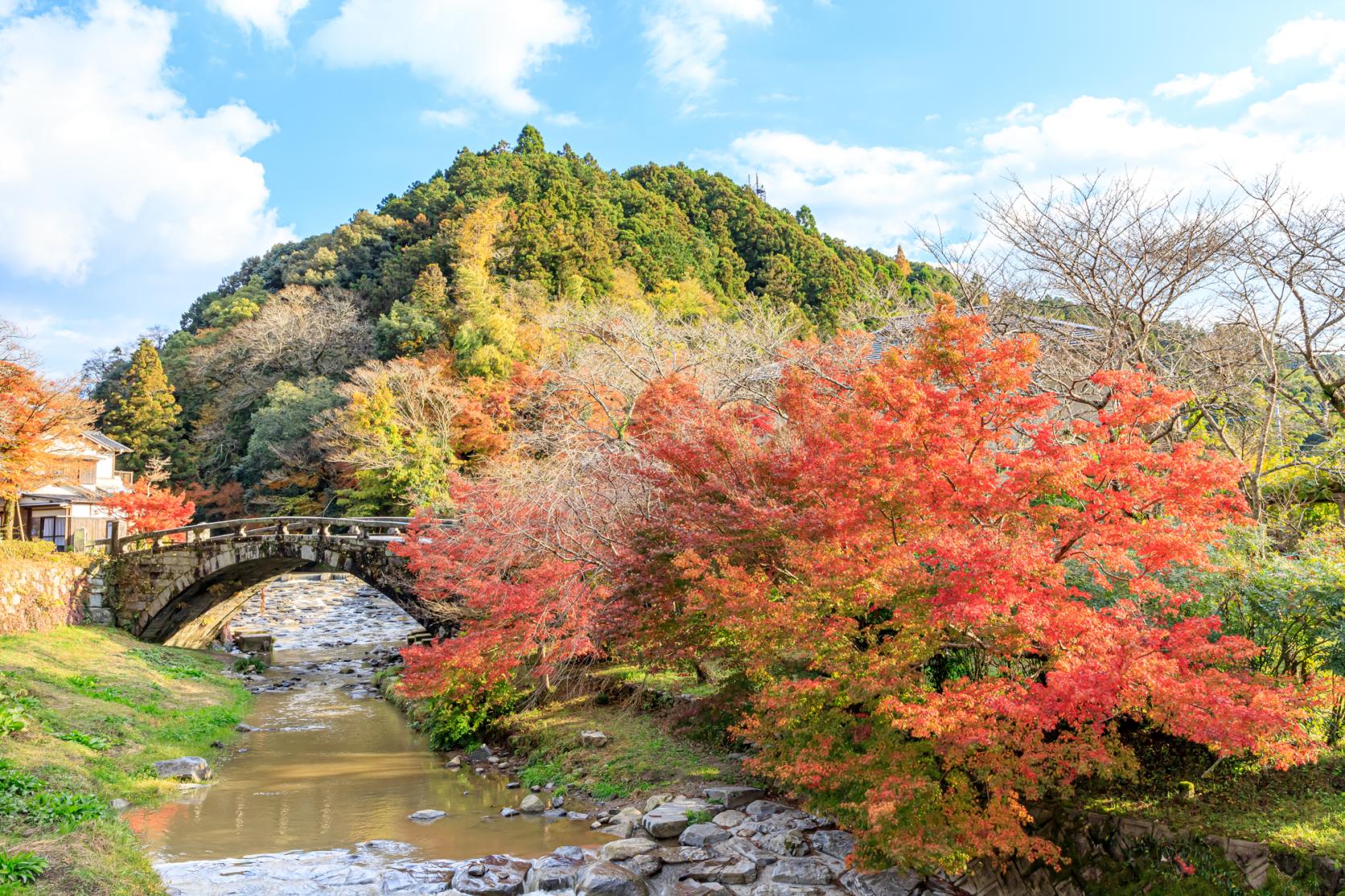


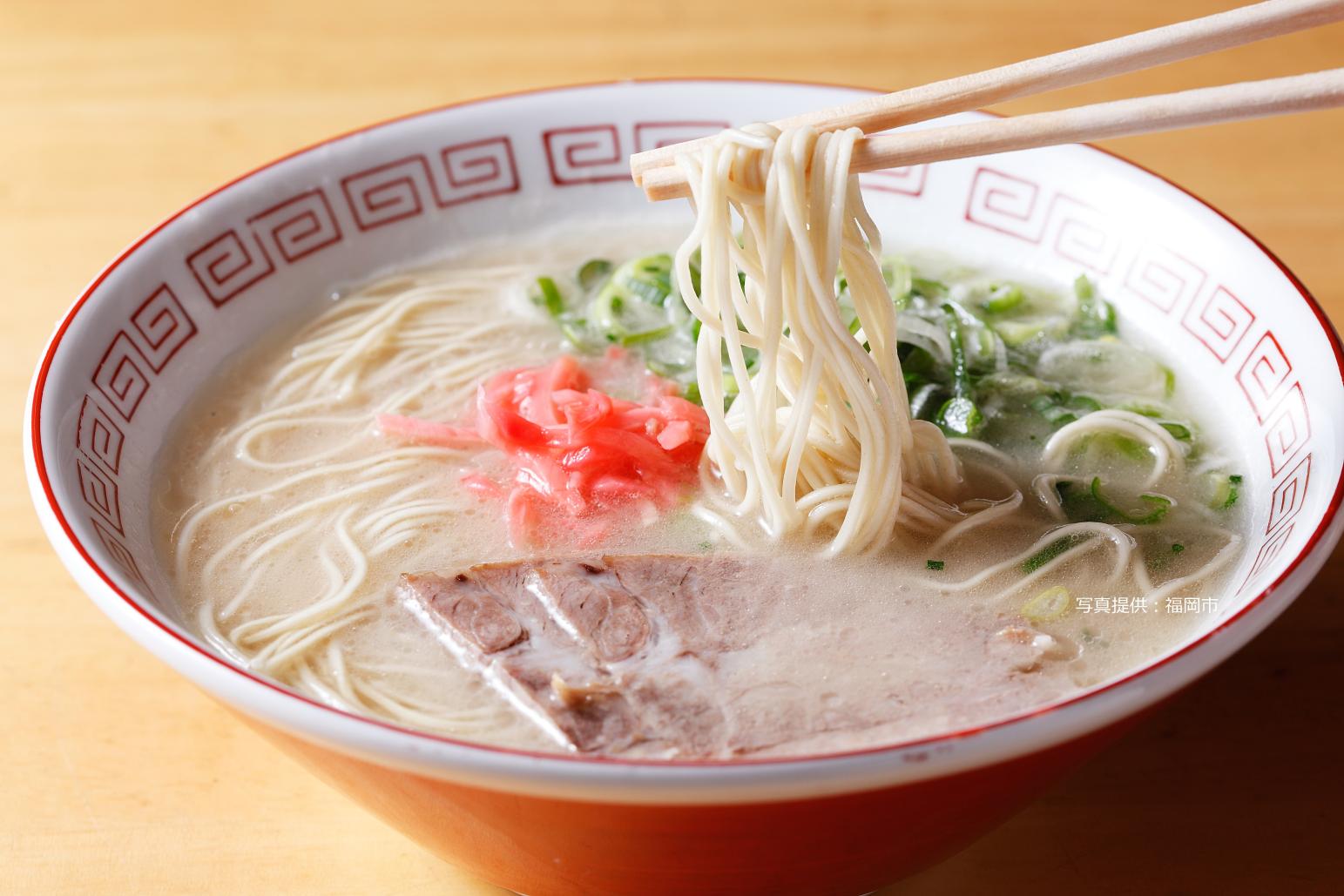
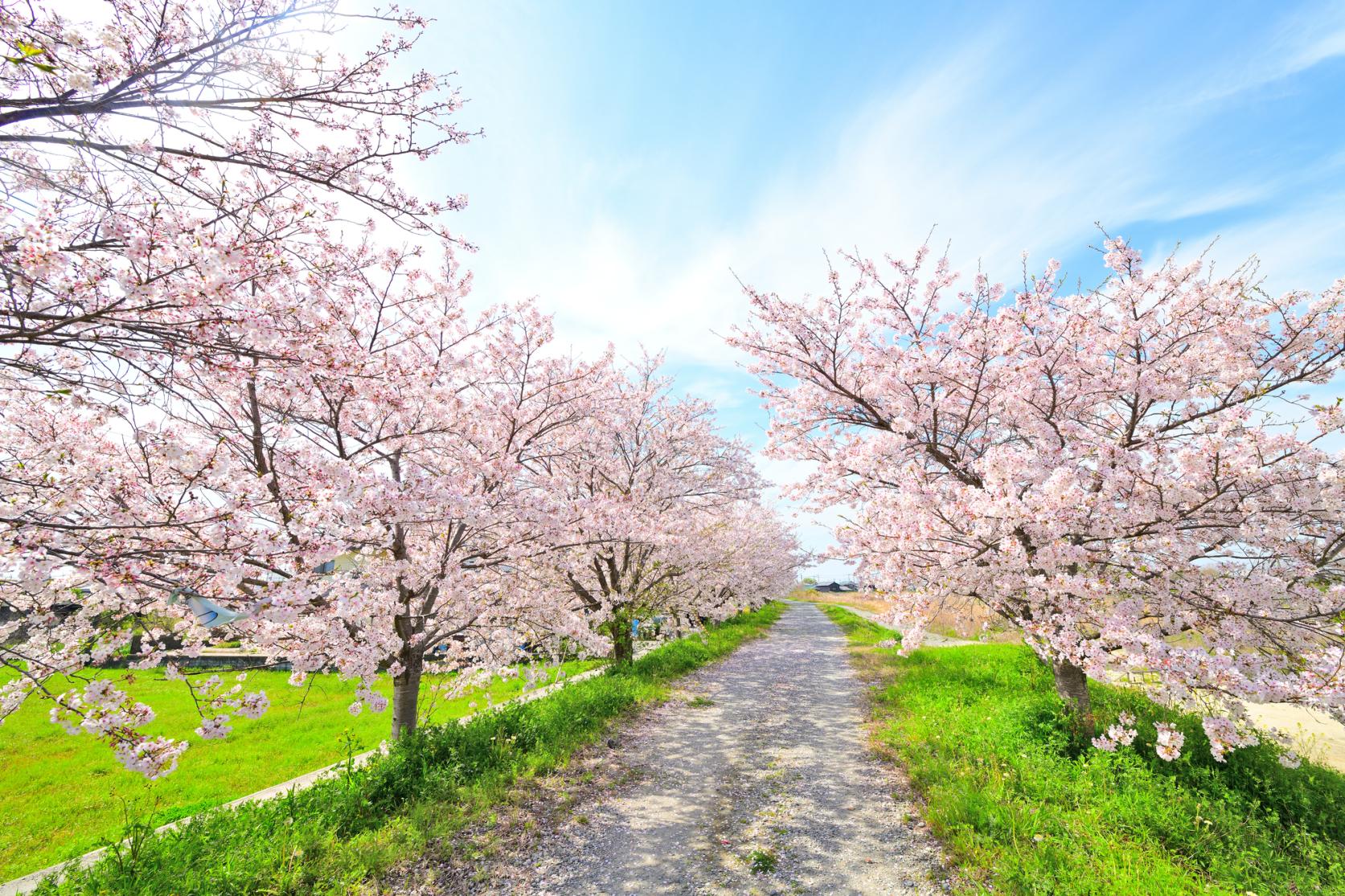
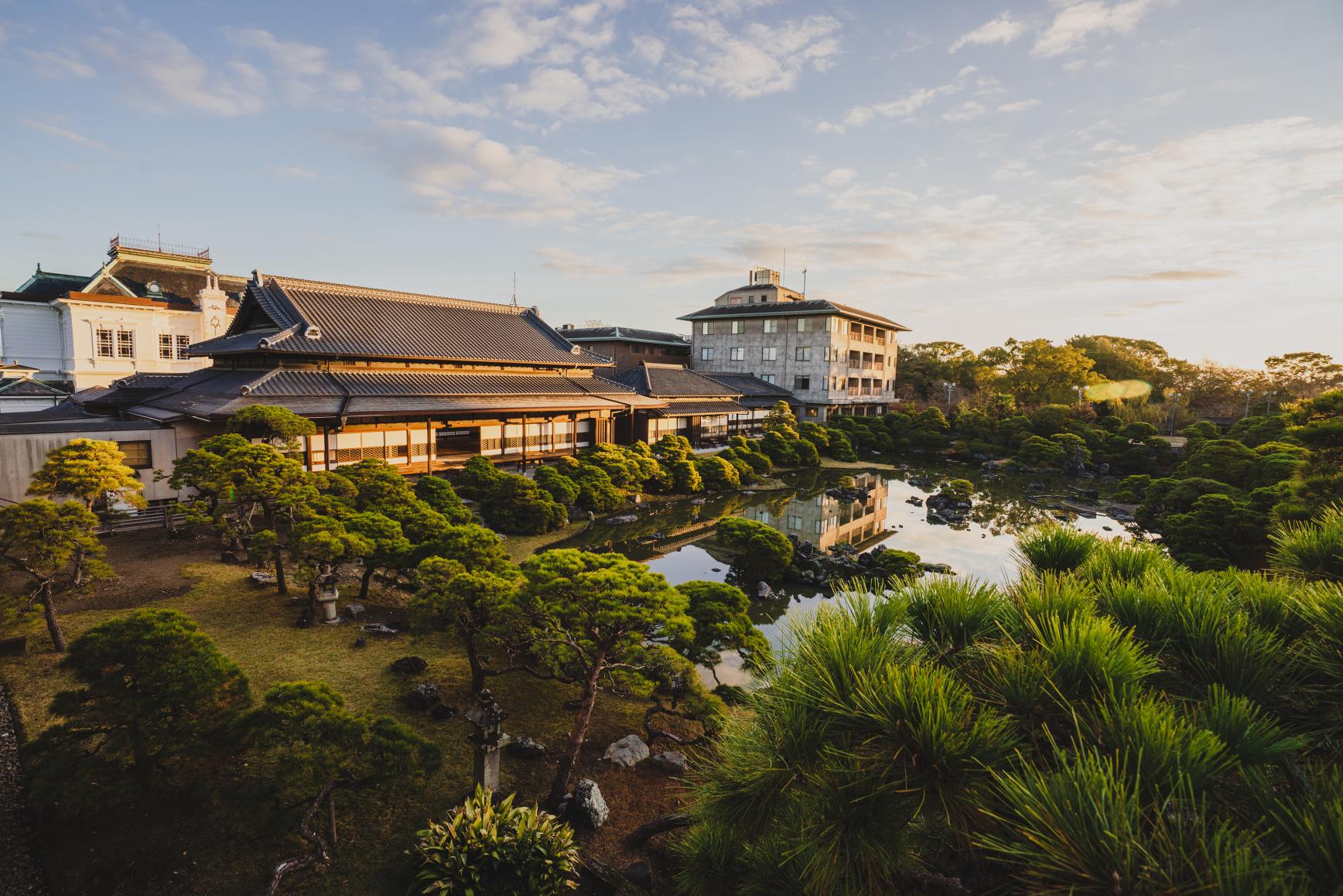
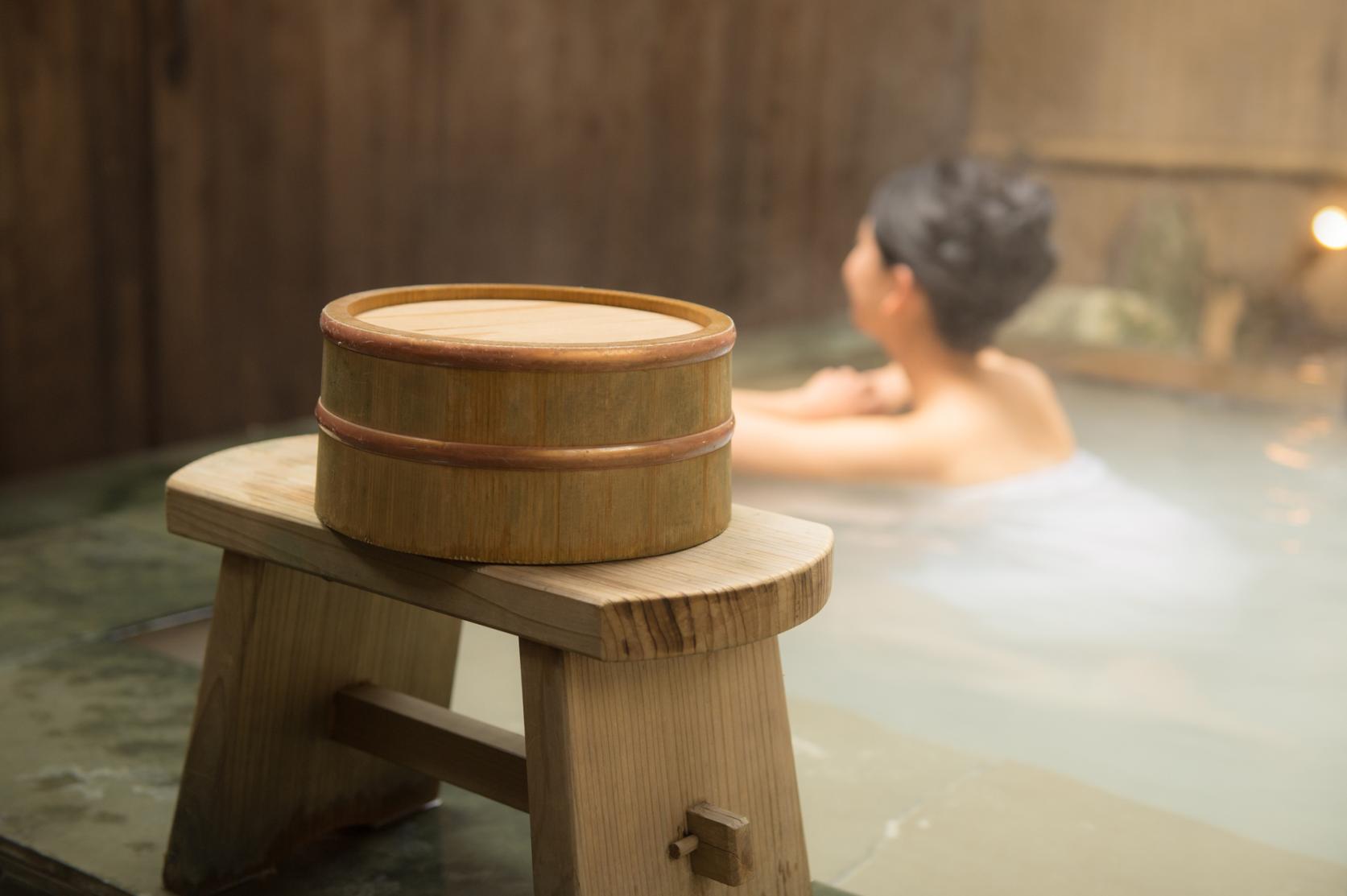
![[2025] Strawberry Picking Spots in Fukuoka-1](https://www.crossroadfukuoka.jp/storage/special_features/49/responsive_images/9ZHgrqvQdpH8tM4IRF54DXu0aPBF3YGGkj5WOTGc__1673_1115.jpg)
